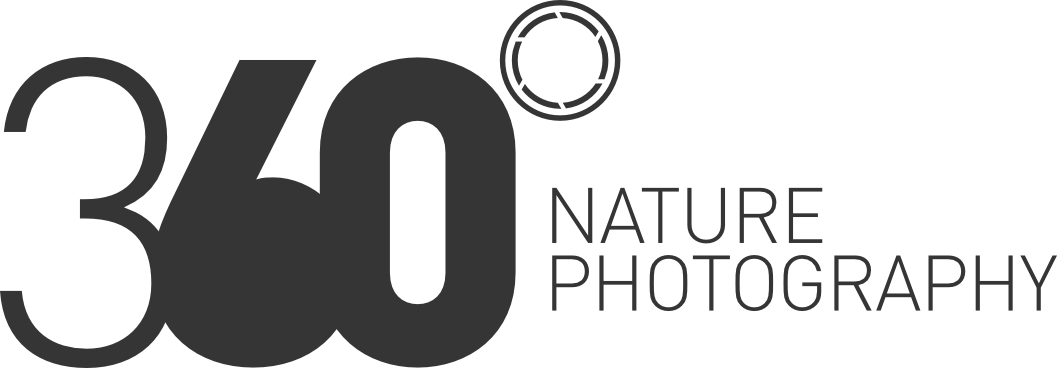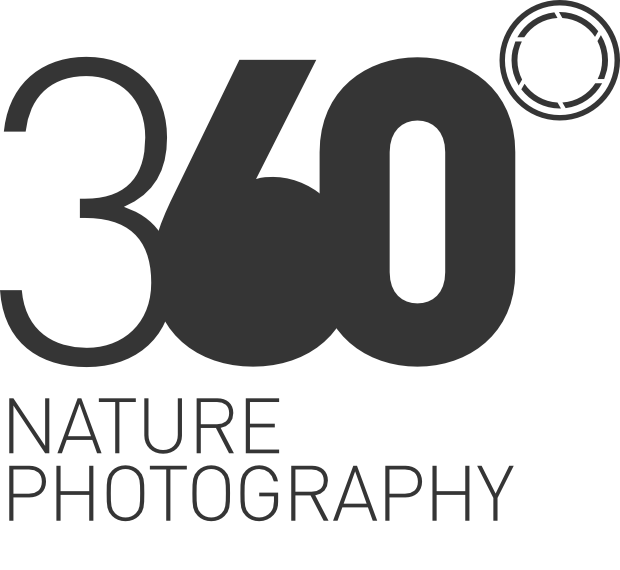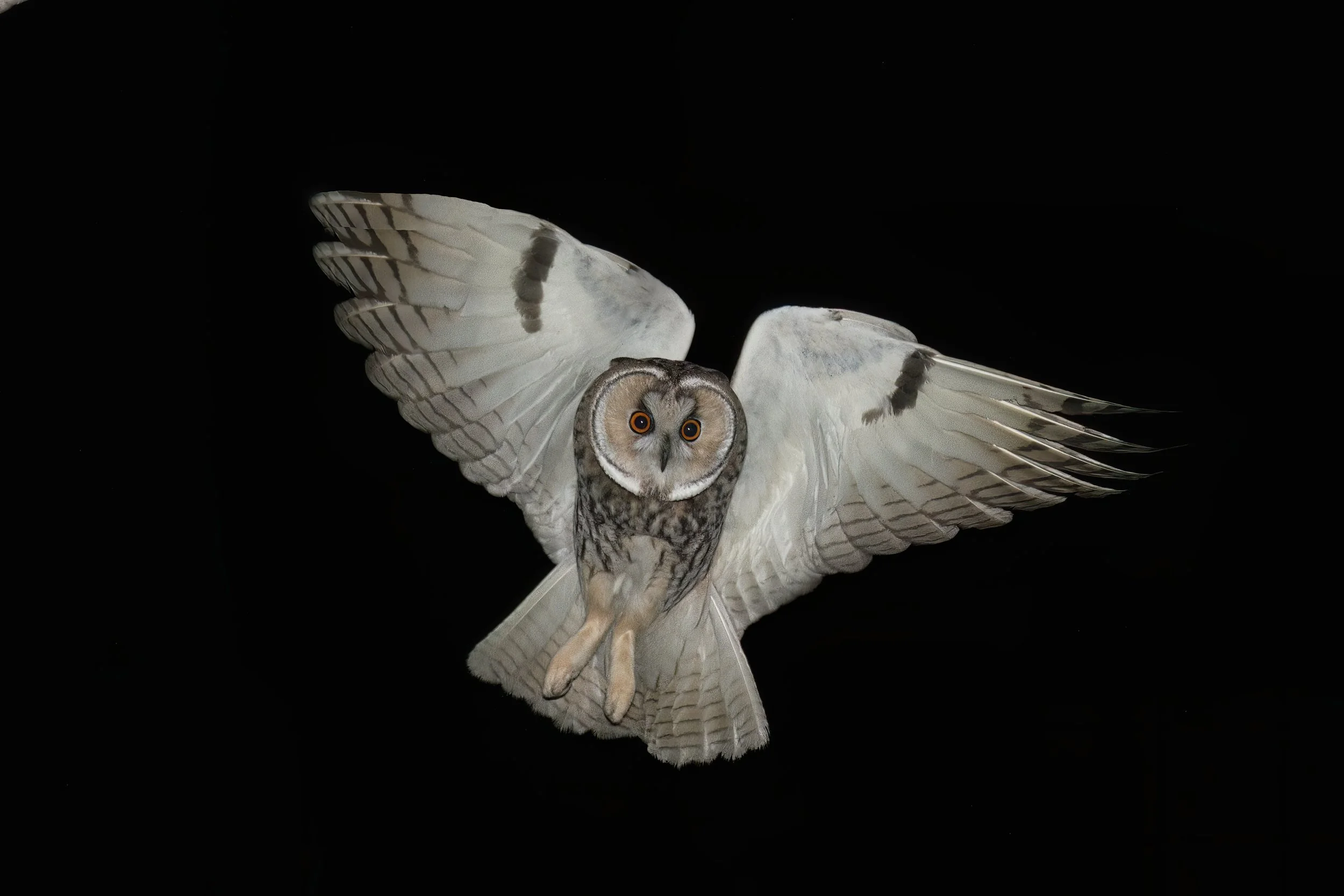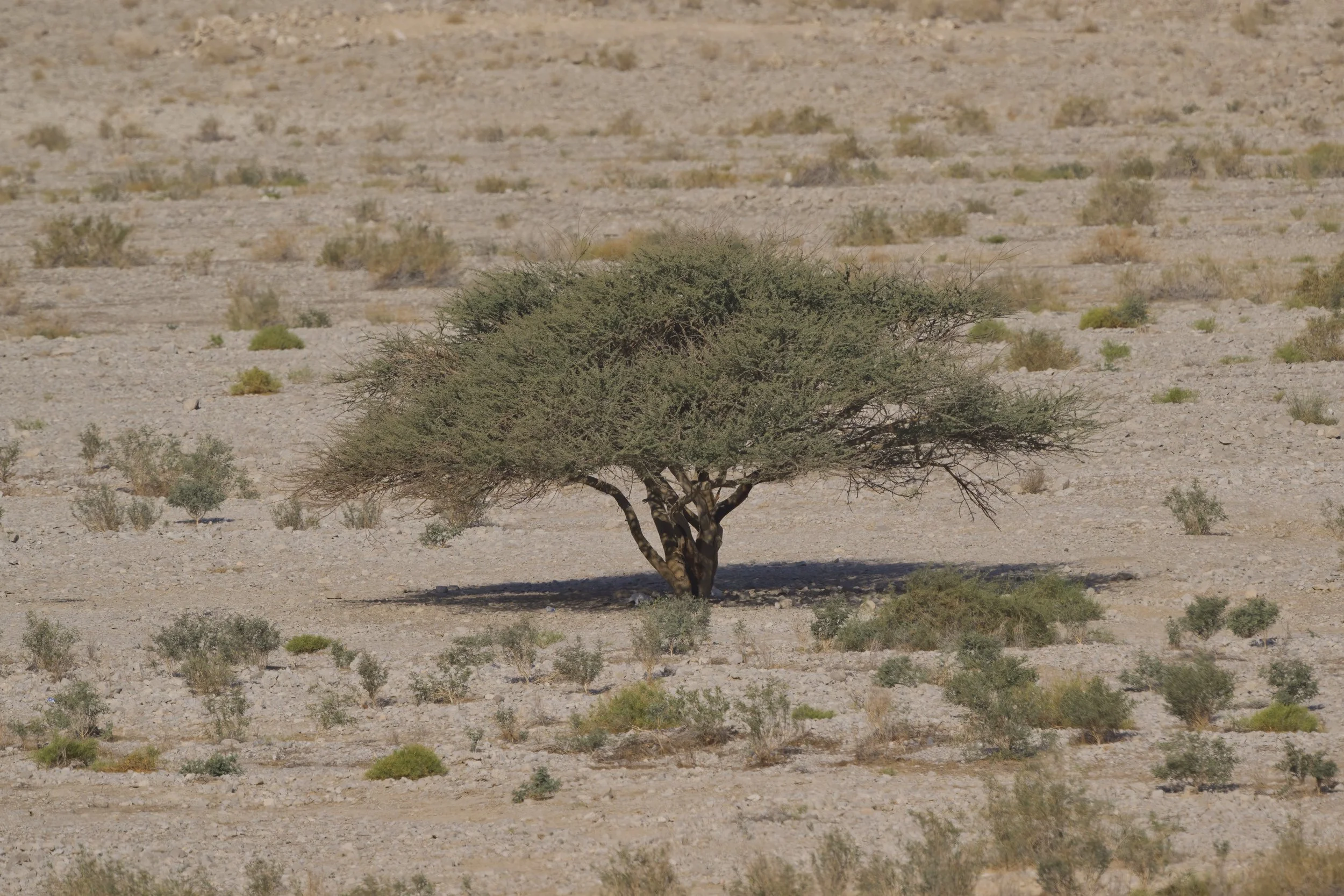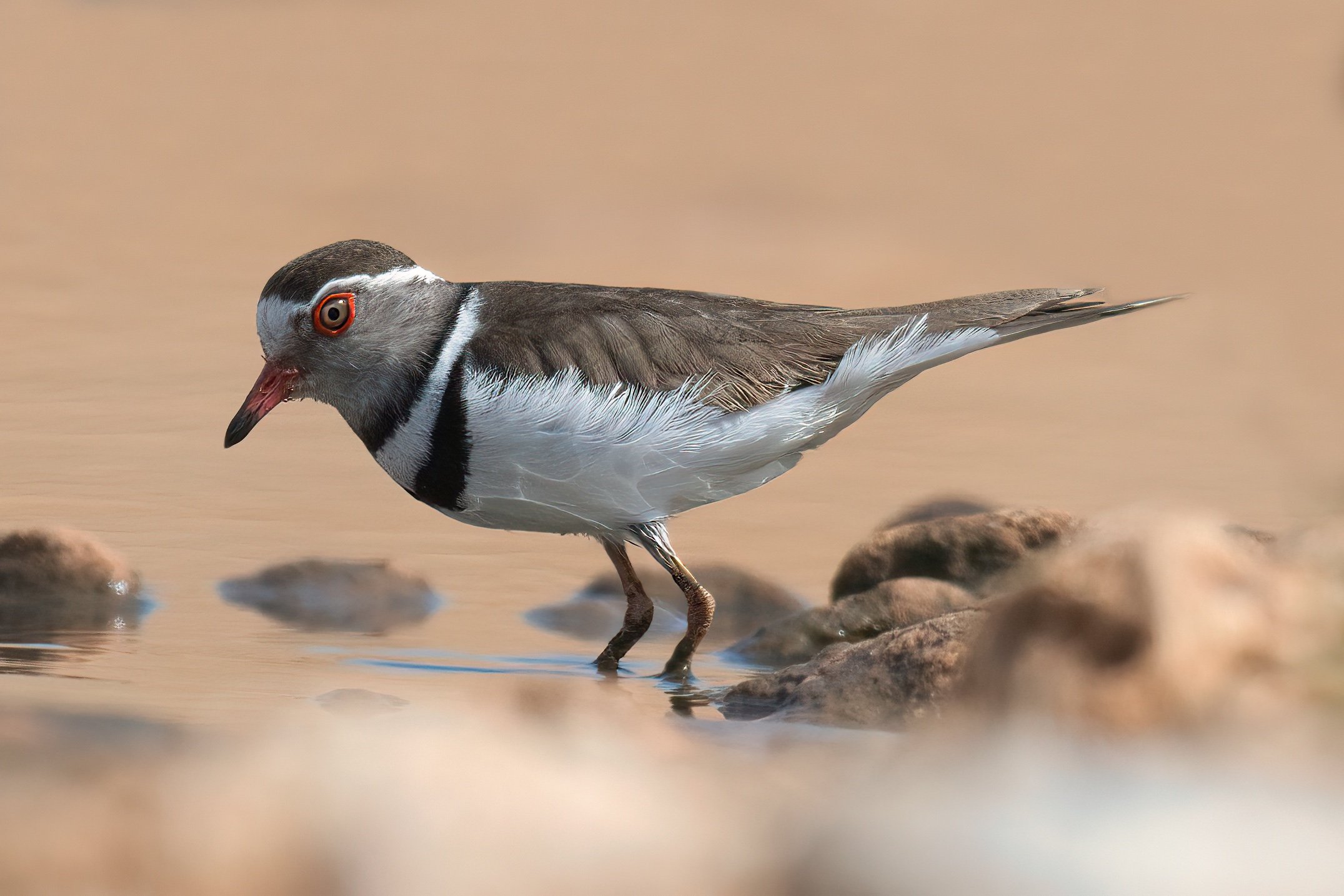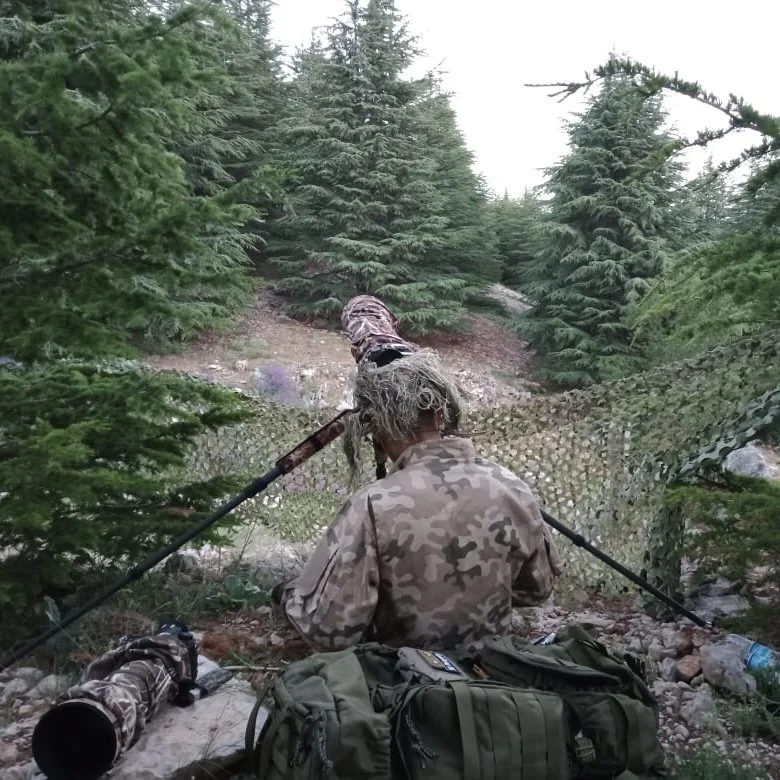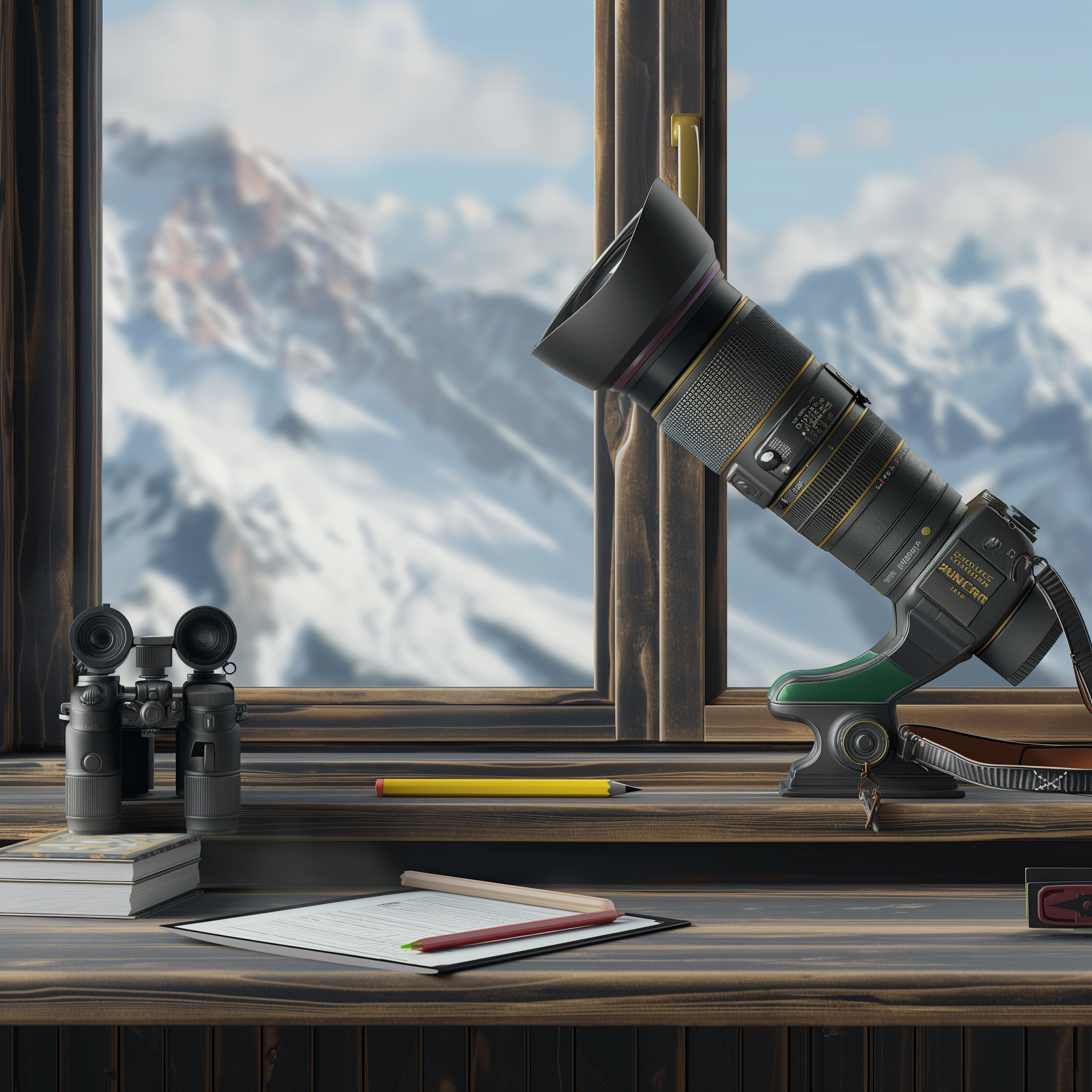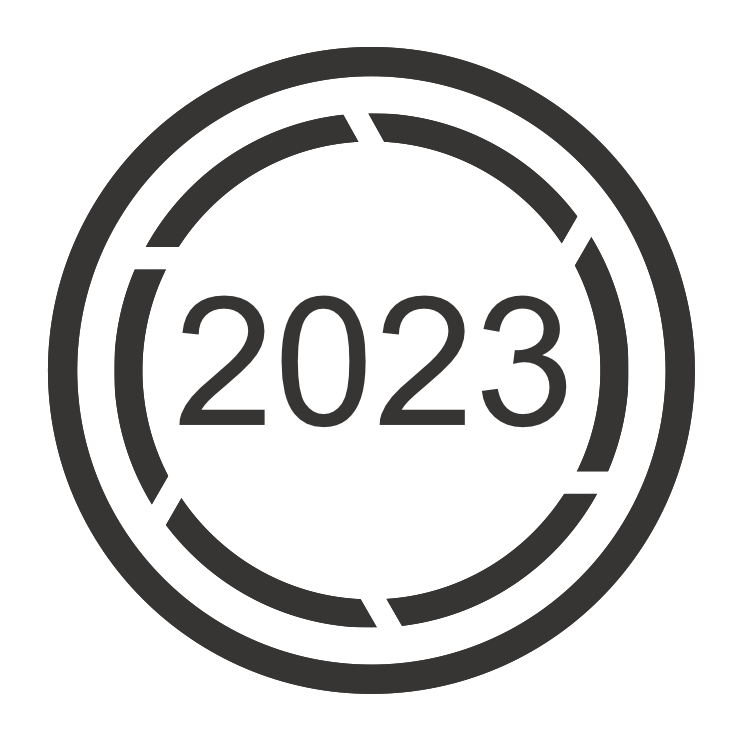Glass First: Prioritizing Photography Investments for Optimal Results
Whether to buy a lens or a camera and how much you should invest in each, To determine their importance, we must understand how to evaluate each and what significance they hold for us.
When it comes to cameras, key considerations revolve around frame size/resolution, frame rates, ISO performance, video features, and the focusing system. Other features are of lesser importance and/or nice to have, and some features you will never use.
On the other hand, lenses should primarily be assessed based on focal length, minimum aperture, and minimum focusing distance.
From my experience using Nikon cameras like the D800, D750, D500, D850, and Z9, I've consistently captured excellent images by adapting my shooting techniques to each camera's strengths and limitations.
While the higher frame rates of mirrorless cameras are attractive, cameras like the D500 and D850 still deliver exceptional results. Higher frame rates provide more options for selection, but they don't necessarily guarantee higher quality shots.
AF-S NIKKOR 800mm f/5.6E FL ED VR
AF-S NIKKOR 400mm f/2.8E FL ED VR
AF-S NIKKOR 500mm f/5.6E PF ED VR
Regarding lenses, I've utilized various primes and zooms, preferring fixed aperture and prime lenses in most situations. A lens's shortcomings directly impact the quality of shots; even with the best camera at the rear, a bad quality lens will result in poor images every time.
The camera's focusing system will aid in capturing better shots, but it's reliant on the quality of the lens. The lens serves as the window through which light and colors enters the camera, fundamentally influencing image quality.
If the lens's focal length doesn't suit the subject or its minimum focusing distance is inadequate, capturing shots becomes challenging, irrespective of the camera's frame size. Higher megapixels offer greater cropping ability, but the lens remains crucial.
In essence, glass outlives cameras. I prioritize investing in lenses over cameras, considering them as long-term investments that will be used for a considerable time, while viewing cameras as quickly replaceable electronic devices. My approach revolves around selecting the best lens for the job at hand and addressing camera concerns later.
In the professional world, lenses often carry a higher price tag compared to cameras. Looking back, there was a time when I owned four cameras simultaneously, yet I had amassed around 16 lenses during that same period.
